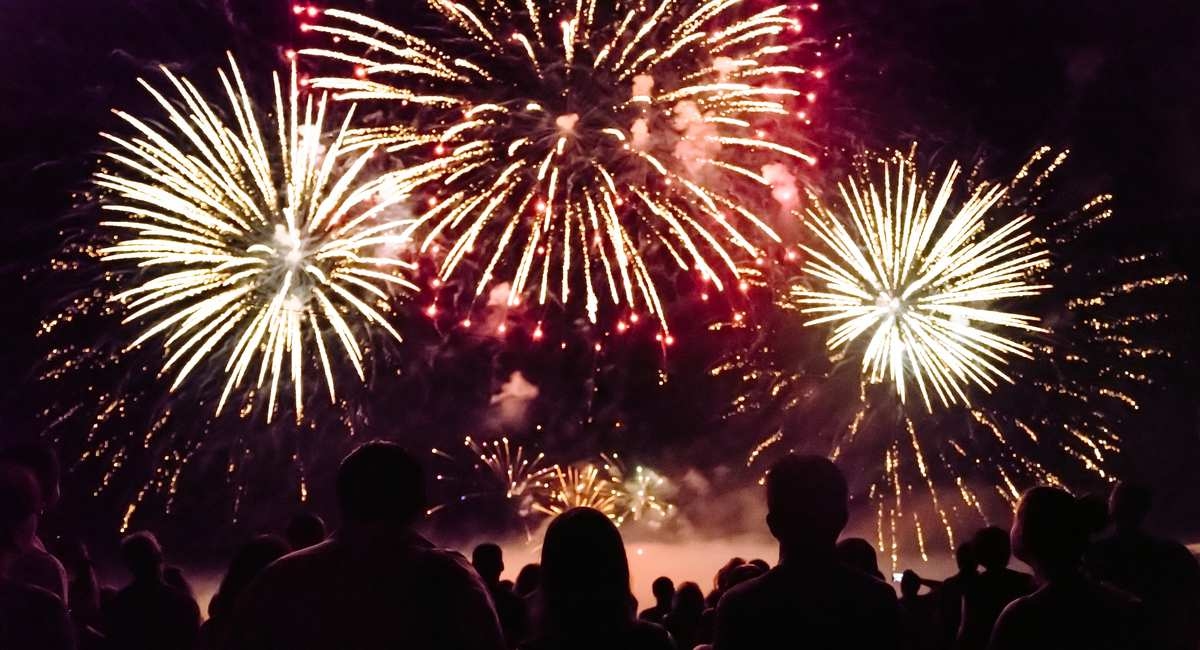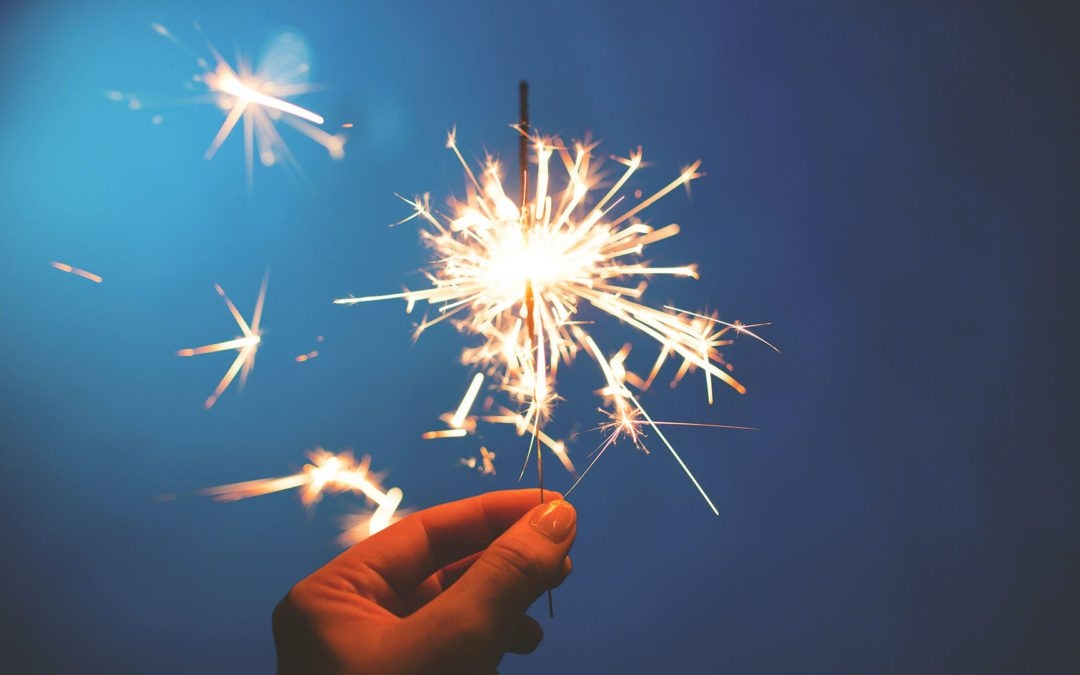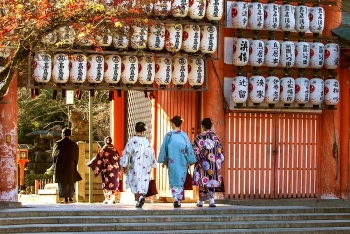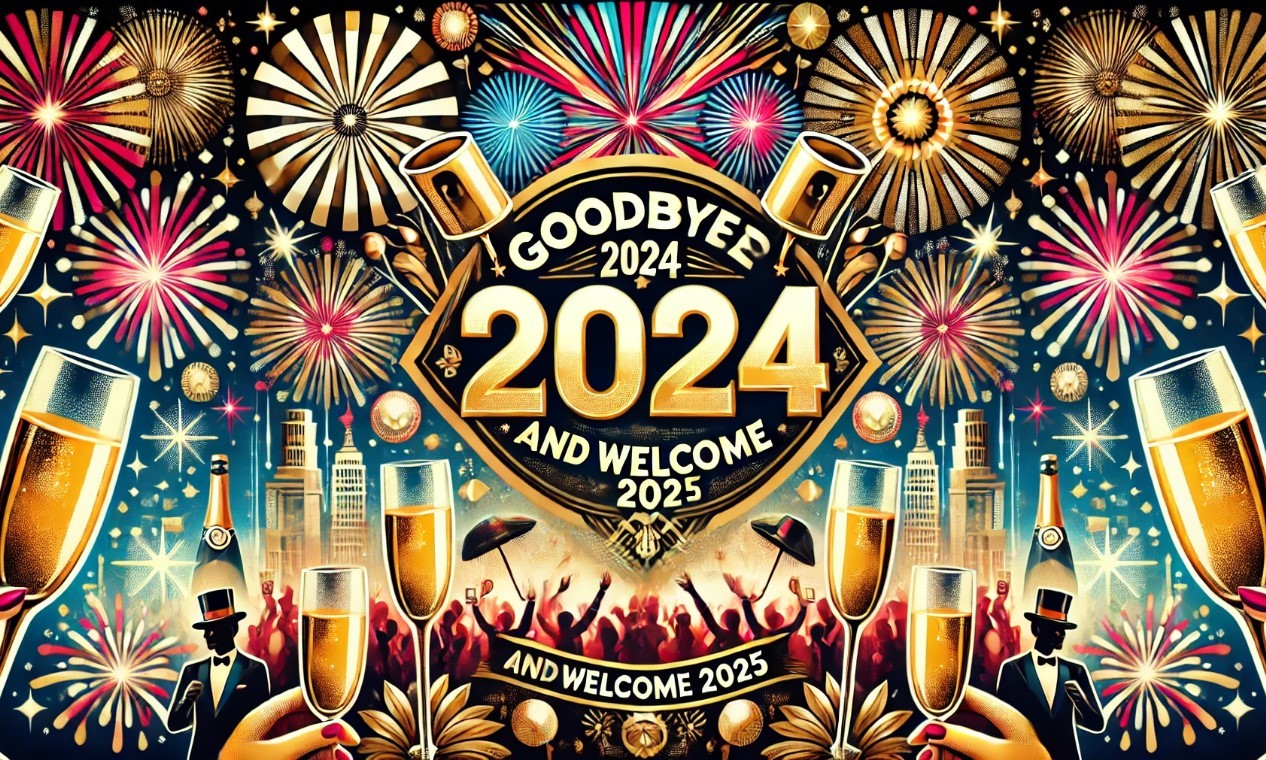Facts About New Year's Eve: History And Activities
 |
| New Year’s Eve. Photo: City express |
What is New Year's Eve
New Year's Eve is a significant worldwide event since it signifies the final day of the year in the Gregorian calendar, namely December 31, prior to the arrival of the New Year. Commence a countdown to the New Year regardless of your geographical location.
According to the Gregorian calendar, New Year's Eve is the last day of the year and the day before New Year's Day, which is the beginning of a new year. In 1582, Pope Gregory XIII instituted the Gregorian calendar. Some parts of Europe embraced it right away, but other nations did not utilize it until decades later. For instance, according to timeanddate, the United States and the United Kingdom began using the Gregorian calendar in 1752, which eliminated 11 days.
The origins of New Year's Eve celebrations can be found in pre-Christian European festivals. These festivals were eventually incorporated into Christian beliefs and began to symbolize holidays like New Year's Eve and New Year celebrations when a large number of people in Europe became Christians.
It is significant to remember that not all cultures celebrate New Year's Eve and Day according to the Gregorian calendar. For instance, the Gregorian calendar's New Year is not the same as that of the Hindu, Chinese, Coptic, Jewish, or Islamic calendars.
HISTORY OF NEW YEAR’S EVE
New Year’s Eve is one of the world’s most celebrated holidays, whether you’re a kid excited to stay up all night or an adult just trying to make it to midnight after a long day of work.
However, what is the origin of the New Year's Eve custom and what is the reason behind our current style of celebrating it?
The decision to commence the New Year in January was partly motivated by the desire to pay tribute to the deity Janus, after whom the month was designated. Janus, with his dual faces, has the unique ability to simultaneously gaze into the past and the future. This attribute made him an ideal representative for the holiday we currently commemorate, as stated by Lifecarefhd.
New Year's Eve is observed in diverse ways across the globe. Traditions encompass a variety of practices, including consuming 12 grapes either at or before to midnight, partaking in apples coated with honey, or indulging in a legume-based dish such as beans or peas, all with the intention of attracting good fortune. Certain cultures hold the belief that consuming any delicacy with a round shape represents the concept of completing a cycle and results in favorable circumstances.
ACTIVITIES IN NEW YEAR'S EVE
Make New Year's Resolutions
Gram's experience was not solely filled with festive decorations and alcoholic beverages. According to Countryliving, establishing objectives for the following year was a common habit, especially among past generations, making it one of the most popular New Year's traditions.
Decorate a New Year's Tree
Who declares that the enjoyment must cease following Christmas? The New Year's tree custom dates back to the 1600s, and it is simple to adapt your Tannenbaum to fit the festivities.
Eat New Year's Food
Affirmative, there exist certain culinary customs associated with New Year's Eve. Various cultures attribute auspiciousness to specific foods at the New Year, particularly when consumed precisely at the stroke of midnight. In Chile, lentils are traditionally consumed, whereas in Spain, it is customary to eat 12 white grapes. If you were looking for a reason to enjoy doughnuts and pretzels, it is worth noting that many cultures associate ring-shaped items with the concept of completion or returning to the starting point.
On New Year's Day, the customary Southern meal includes black-eyed peas and collard greens, which symbolize wealth in the form of coins and green folding money, respectively. Additionally, ham or pig is served to represent prosperity, and cornbread is included to symbolize gold. We have a strong affection for our Louisiana Hoppin' John recipe, which includes all three ingredients.
Pray
It seems appropriate that the initial day of the new year would possess religious importance, regardless of its lack of connection to the resetting of the calendar. Certain Christian churches, notably those in African-American communities, organize "Watch Night" services, which are a customary practice associated with the Emancipation Proclamation.
January 1st, known as the Solemnity of Mary, holds the status of a Holy Day of Obligation for Catholics, necessitating their attendance at mass on New Year's Day. Nevertheless, recognizing that celebrants will be awake until late into the night prior, some churches provide the alternative of a vigil Mass on New Year's Eve.
 |
| Photo: River West Church |
Make Some Noise
There is a well-established custom of commencing the new year with a loud noise. However, instead of utilizing firearms, which was a prevalent practice in the American colonies, Grandma and Grandpa opted to employ noisy horns, ring bells (in homage to church bells), and ignite fireworks (following the tradition of Chinese New Year).
Give a Gift
Historically, the tradition of giving gifts extended beyond the Christmas holiday. According to The Old Farmer's Almanac, an ancient Roman tradition involved distributing coins or nuts that were covered in gold. Additionally, in Persian culture, it was customary to offer eggs as a symbol of fertility. Similar to their first-footing custom, the Scottish reportedly exchanged shortbread, coal, and silverware, whilst Egyptians were known for their expertise in crafting pottery flasks.
Countdown and Kiss at Midnight
Although it is a well-known fact that individuals continue to engage in this behavior, it is worth reiterating the rationale behind it: "Kiss the individual whom you desire to continue kissing," as the proverb states.
FUN FACTS ABOUT NEW YEAR'S EVE
As we approach the commencement of the New Year, here are several factual details regarding New Year's Eve that aim to elucidate your current customs and, perhaps, motivate you to experiment with novel ones.
1. The song "Auld Lang Syne," typically sung on New Year's, signifies "times gone by."
2. Black-eyed peas, ham, and cabbage are considered auspicious if consumed on New Year's Eve or Day, as they are supposed to attract wealth.
3. Lobster and chicken are believed to be associated with ill luck due to the ability of lobsters to move in a backward direction and chickens to scratch in reverse. Consequently, it is speculated that consuming these items may result in a reversal of one's fortune.
4. In Italy, individuals adorn themselves with crimson undergarments on New Year's Day in order to attract favorable fortune for the entire year. This tradition has its origins in the medieval era.
5. Times Square The tradition of dropping the New Year's Eve Ball originated in 1907 as a response to a prohibition on fireworks. The initial ball had a weight of 700 pounds and was equipped with 100 lamps, each with a power rating of 25 watts. Significantly distinct from the contemporary ball!
6. The New Year celebrations originated in Mesopotamia around 2000 B.C., making them the earliest known instances of such festivities.
7. January is derived from the Latin word "Januarius," which is named after Janus, the Roman deity who is depicted with two faces, symbolizing his ability to both look towards the future and the past. He is the deity associated with the initiation, progression, entrances, exits, corridors, and conclusions.
8. Ancient Persians presented eggs as New Year's presents, symbolizing fertility and productivity.
9. The earliest documented New Year's celebration may be traced back 4,000 years to Babylon, when the commencement of a new year was determined by the first moon following the spring equinox. Julius Caesar established a calendar in 46 B.C. in which January 1st was designated as the initial day of the year, partially as a tribute to Janus, the month's eponym.
10. The custom of kissing at midnight is not a recent innovation. According to ancient English and German legend, the initial individual encountered in the upcoming year may establish the prevailing atmosphere for the subsequent 12 months.
11. In order to guarantee a year of favorable fortune, the practice of using firecrackers and noisemakers was adopted to ward off any lingering malevolent entities and secure a fresh beginning.
 | How to wish 'Happy New Year' in Korean Happy New Year Korean 2020 is right off the bat, Korea has two New Year festivities. On January first, there is the festival of the ... |
 | Ways to say "Happy New Year" in Japanese New year could be considered one of the most important events in Japan. For foreigners living here, there are several ways to say "Happy New ... |
 | Different Ways To Say "Happy New Year" in Chinese Chinese New Year, perhaps the most widely celebrated holiday in the world, typically takes place in January or February, after the Gregorian New Year on ... |


























